Minnesota Republican legislators spent their 2016 election campaigns expressing grave concerns about whether private health insurance companies in the individual market* have sufficient competitive pressure to keep prices down, and whether Minnesotans who live outside of the Twin Cities metropolitan region will have at least one solid coverage option available to them in coming years.
Those are legitimate concerns shared by both parties. But after Republicans won control of the Minnesota House and Senate, they have been unwilling to do one very important thing that that could achieve those two goals. They have been unwilling to give those Minnesotans the option of buying into MinnesotaCare health coverage.
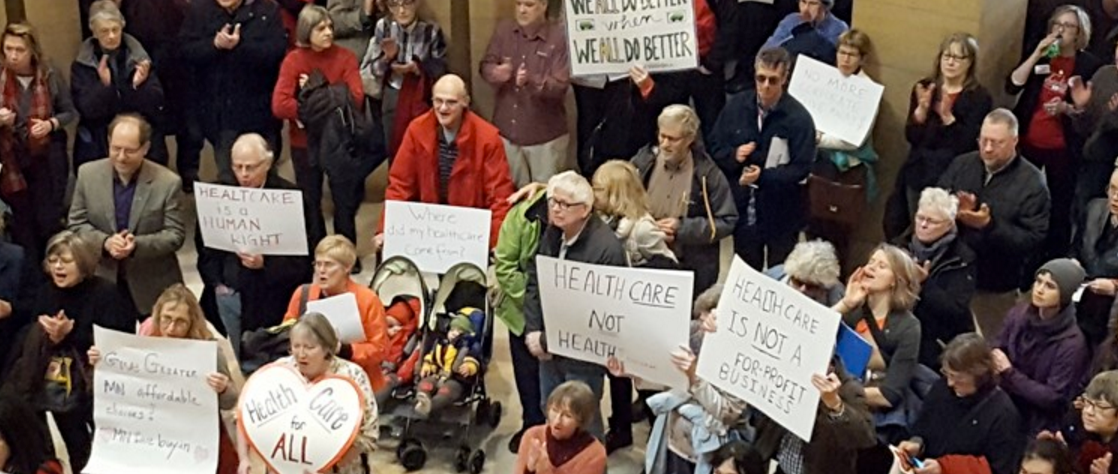
Governor Dayton’s proposed “MinnesotaCare-for-All option” would allow any individual market consumer to buy into the state government-run health plan that has served over 120,000 Minnesotans since 2006. An unsubsidized version of MinnesotaCare would be an available option for all Minnesotans.
In other words, MinnesotaCare for all would be a Minnesota-specific “public option” that would always be there for Minnesotans. MinnesotaCare wouldn’t be able to abandon individual market consumers the way corporate insurance companies can and do. Moreover, MinnesotaCare’s presence in the marketplace will pressure private insurers to offer more competitive prices, because MinnesotaCare’s prices don’t have to account for corporate salaries and profits. Representing the buying power of about a million public plan consumers, the large MinnesotaCare plan should also have leverage to negotiate consumer-friendly reimbursement rates with health care providers, which helps keep premium costs more affordable.
In fact, Governor Dayton’s office estimates that Minnesota families who purchase MinnesotaCare coverage would pay on average about $838 per person less in 2018 than they pay for private coverage in 2017. To secure those long-term annual savings for Minnesota families, a one-time taxpayer investment of $12 million – a relatively tiny drop in the State’s $39 billion annual budget — would be required to establish the option. In subsequent years, no additional taxpayer funds would be needed to keep the lower costs flowing to Minnesotans. The MinnesotaCare-for-All option would be self-sustainable.
If you believe that government-run operations are always less efficient and customer-friendly than corporations, here’s your chance to prove it. If that’s true, comparison shopping Minnesotans will “vote with their feet” by rejecting it en masse. But if it’s not true, Minnesotans in the individual market will finally have the peace of mind that comes with knowing that at least one coverage option will always be there for them and their loved ones.
Given that 71% of Americans support having a similar Medicare-for-All option, a MinnesotaCare-for-All option is likely popular with Minnesotans. Still, Republican state legislators killed the proposal this year.
Minnesota Republicans can’t have it both ways. They can’t reject the MinnesotaCare-for-All option and then turn around blame others if competition is insufficient in some parts of Minnesota, or if corporate insurers’ prices prove to be unaffordable to many Minnesotans. No one can know for sure if this idea will work, but if Republicans are unwilling to give things like this a try to help vulnerable consumers, then Minnesota voters should hold them accountable for their obstructionism.
*(Note: The “individual market” is made up of the 10 percent of Minnesotans who a) can’t get insurance through their employer and b) whose incomes are not low enough to quality for either of Minnesota’s two publicly subsidized health insurance plans — Medical Assistance (Minnesota’s version of Medicare) for very low-income citizens or MinnesotaCare a subsidized option for the working poor. Last year, about 250,000 consumers bought coverage in Minnesota’s individual market.)

 As the 2017 Minnesota legislative session heads into the home stretch and President Trump is
As the 2017 Minnesota legislative session heads into the home stretch and President Trump is  Not Feeling The Mandate. Trump mandate? What mandate? Most Minnesotans don’t like Trump’s policies any better than they like him personally. About two-thirds (
Not Feeling The Mandate. Trump mandate? What mandate? Most Minnesotans don’t like Trump’s policies any better than they like him personally. About two-thirds ( Okay With O’Care. Then there is Obamacare. Republicans seem supremely confident that Obamacare is wildly unpopular. But a narrow plurality of Minnesotans actually is okay with it.
Okay With O’Care. Then there is Obamacare. Republicans seem supremely confident that Obamacare is wildly unpopular. But a narrow plurality of Minnesotans actually is okay with it. 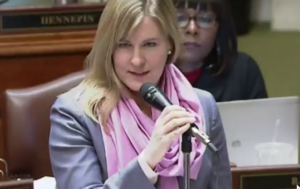 When it comes to
When it comes to  Republicans — ever eager to show they are in touch with the values of ordinary Minnesotans — are very fond of drawing analogies between household budgeting and government budgeting. Former Governor Tim Pawlenty was especially keen on talking about the virtues of “kitchen table budgeting.”
Republicans — ever eager to show they are in touch with the values of ordinary Minnesotans — are very fond of drawing analogies between household budgeting and government budgeting. Former Governor Tim Pawlenty was especially keen on talking about the virtues of “kitchen table budgeting.”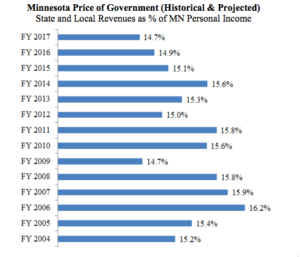 More to the point, families typically don’t cut the family budget — across the board or otherwise — when the family finances are stable or improving. I promise you, this is not heard at very many kitchen tables: “Okay sweetie, we’re financially comfortable and stable right now, but let’s cut the household budget deeply anyway!”
More to the point, families typically don’t cut the family budget — across the board or otherwise — when the family finances are stable or improving. I promise you, this is not heard at very many kitchen tables: “Okay sweetie, we’re financially comfortable and stable right now, but let’s cut the household budget deeply anyway!”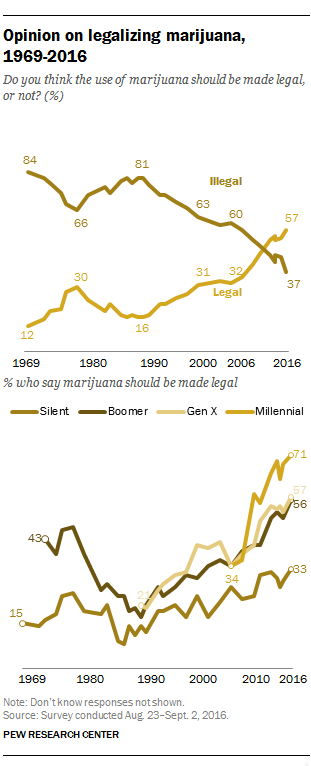 I recently wrote to Minnesota legislators to ask them to end marijuana prohibition, as many states have recently done. The responses I’ve received have been disappointing, not because they disagreed with me, but because they were utterly vacuous.
I recently wrote to Minnesota legislators to ask them to end marijuana prohibition, as many states have recently done. The responses I’ve received have been disappointing, not because they disagreed with me, but because they were utterly vacuous.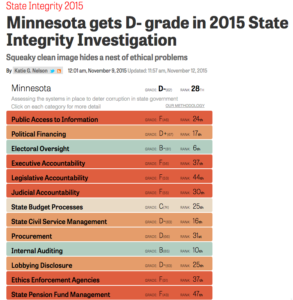 When Republicans took over the Minnesota House of Representatives, they got their chance to show Minnesotans their preferred style of governing.
When Republicans took over the Minnesota House of Representatives, they got their chance to show Minnesotans their preferred style of governing.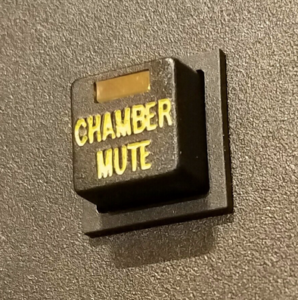 The reality of the mute button is pretty horrifying. Regulating debate should continue to be done with the traditional, predictable, and ever-civil Mason’s Manual of Legislative Procedure, not the impulsive flick of a politicians’ index finger. Mason’s doesn’t need a mute.
The reality of the mute button is pretty horrifying. Regulating debate should continue to be done with the traditional, predictable, and ever-civil Mason’s Manual of Legislative Procedure, not the impulsive flick of a politicians’ index finger. Mason’s doesn’t need a mute.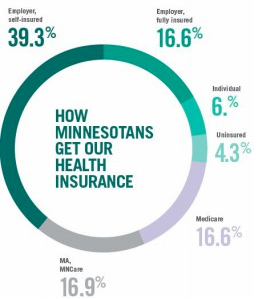 Out on the campaign stump, Republicans say they want more health plan options than are currently available. They want health insurance companies to feel more competitive pressure to keep a lid on premiums. They want consumers to have a broad network of health care providers available to them. They want assurances that there will always be at least one solid coverage option available to every Minnesotan, even when health insurance companies decide to pull out of the marketplace, as they have in recent years. Those are all good goals.
Out on the campaign stump, Republicans say they want more health plan options than are currently available. They want health insurance companies to feel more competitive pressure to keep a lid on premiums. They want consumers to have a broad network of health care providers available to them. They want assurances that there will always be at least one solid coverage option available to every Minnesotan, even when health insurance companies decide to pull out of the marketplace, as they have in recent years. Those are all good goals.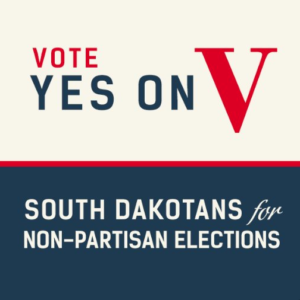 When I heard about the constitutional amendment on the South Dakota ballot to make all
When I heard about the constitutional amendment on the South Dakota ballot to make all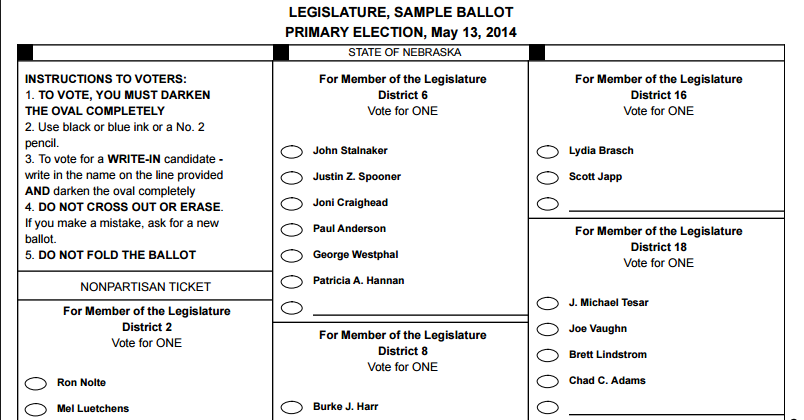
 Once every ten years, all states redraw state and congressional legislative district lines, so that the new boundaries reflect population changes that have occurred in the prior decade. In both Minnesota and South Dakota, elected state legislators draw those district map lines, and the decision-making is dominated by leaders of the party or parties in power.
Once every ten years, all states redraw state and congressional legislative district lines, so that the new boundaries reflect population changes that have occurred in the prior decade. In both Minnesota and South Dakota, elected state legislators draw those district map lines, and the decision-making is dominated by leaders of the party or parties in power.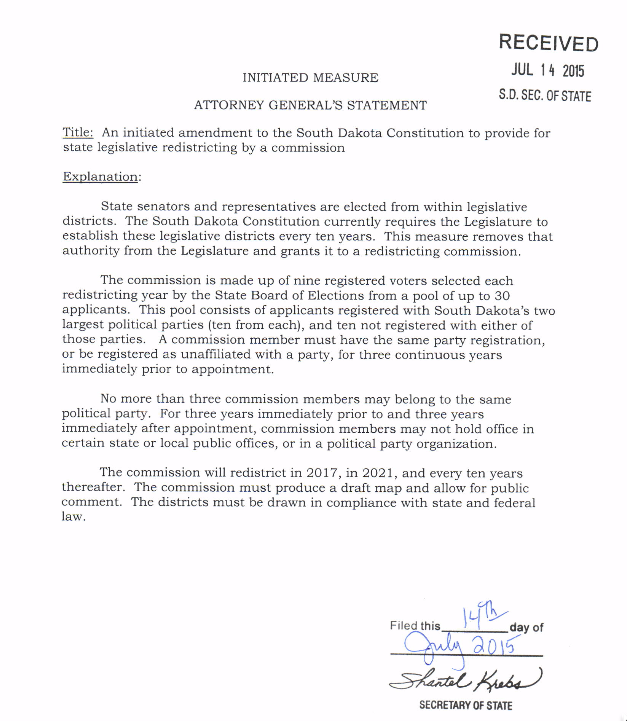 The basic rationale behind Amendment T is this: Elected officials have a direct stake in how those district boundaries are drawn, so giving them the power to draw the maps can easily lead to either the perception or reality of self-serving shenanigans.
The basic rationale behind Amendment T is this: Elected officials have a direct stake in how those district boundaries are drawn, so giving them the power to draw the maps can easily lead to either the perception or reality of self-serving shenanigans. Are Minnesota Vikings season ticket holders effectively government-dependent welfare queens? After all, a state legislator’s analysis finds that every Vikings ticket benefits from a taxpayer subsidy of over $72.
Are Minnesota Vikings season ticket holders effectively government-dependent welfare queens? After all, a state legislator’s analysis finds that every Vikings ticket benefits from a taxpayer subsidy of over $72.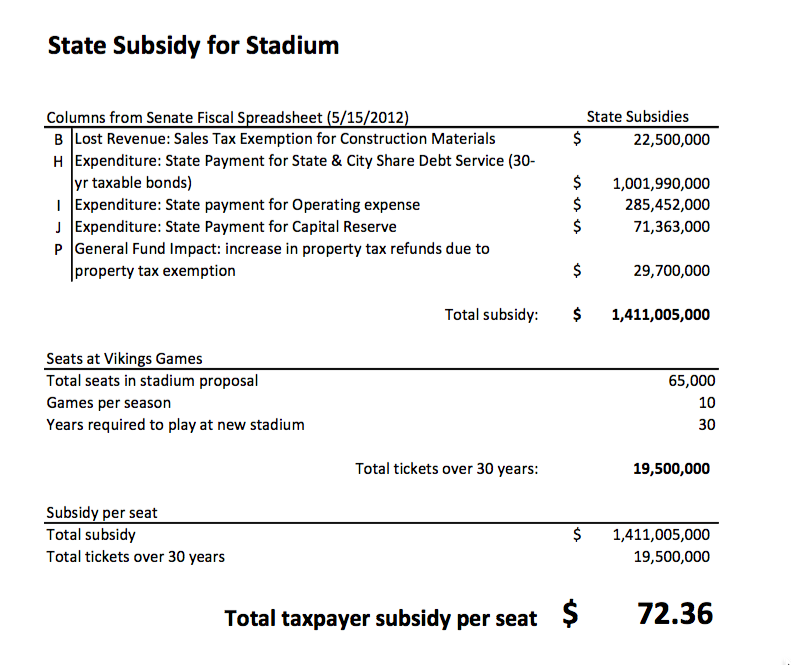 Critics may quibble with the specifics of the Marty analysis. But specifics aside, the undeniable fact remains that Minnesota taxpayers are on the hook for an enormous subsidy that looks to be much larger than the $498 million figure typically quoted during legislative debates.
Critics may quibble with the specifics of the Marty analysis. But specifics aside, the undeniable fact remains that Minnesota taxpayers are on the hook for an enormous subsidy that looks to be much larger than the $498 million figure typically quoted during legislative debates.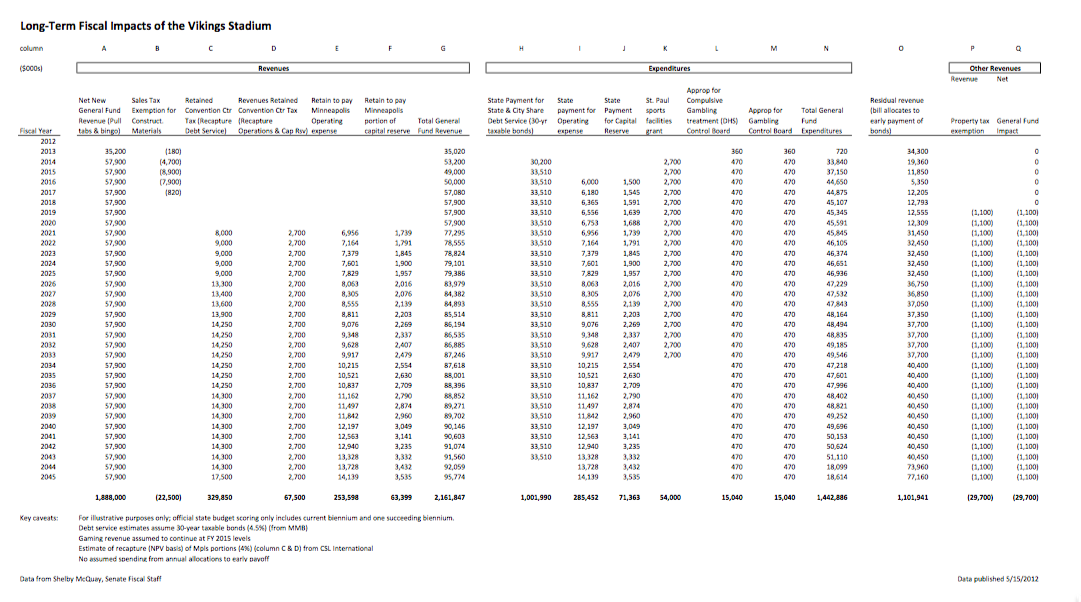

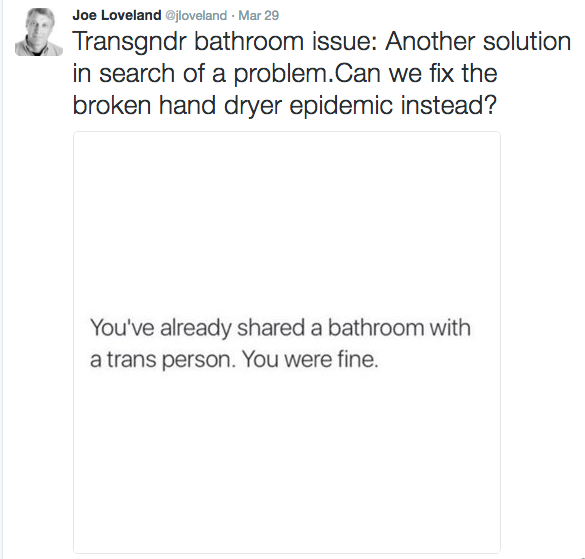
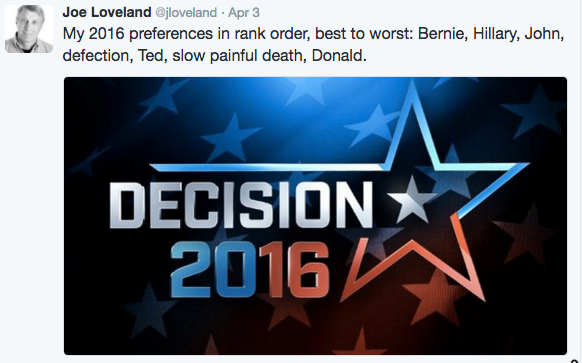
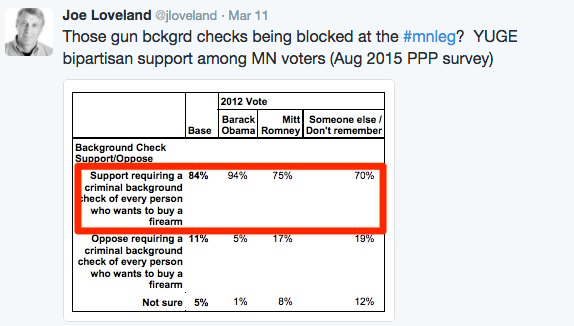
 But food deserts definitely do happen, particularly in low-income and
But food deserts definitely do happen, particularly in low-income and  Now that state legislators are creating better public spaces for visitors in the
Now that state legislators are creating better public spaces for visitors in the 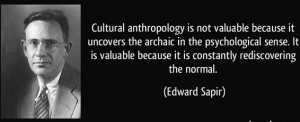 #2. The iPhone Prayer. The reason legislators continually have their heads bowed is not because they are prayerful or otherwise contemplative. It’s because of smart phones.
#2. The iPhone Prayer. The reason legislators continually have their heads bowed is not because they are prayerful or otherwise contemplative. It’s because of smart phones.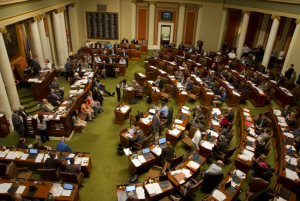 DFL state legislators are an awfully unpopular bunch. According to an August 2015 Public Policy Polling (PPP)
DFL state legislators are an awfully unpopular bunch. According to an August 2015 Public Policy Polling (PPP) 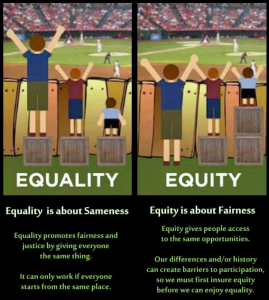 We also know that research shows that education achievement gaps can be measured in children as young as
We also know that research shows that education achievement gaps can be measured in children as young as 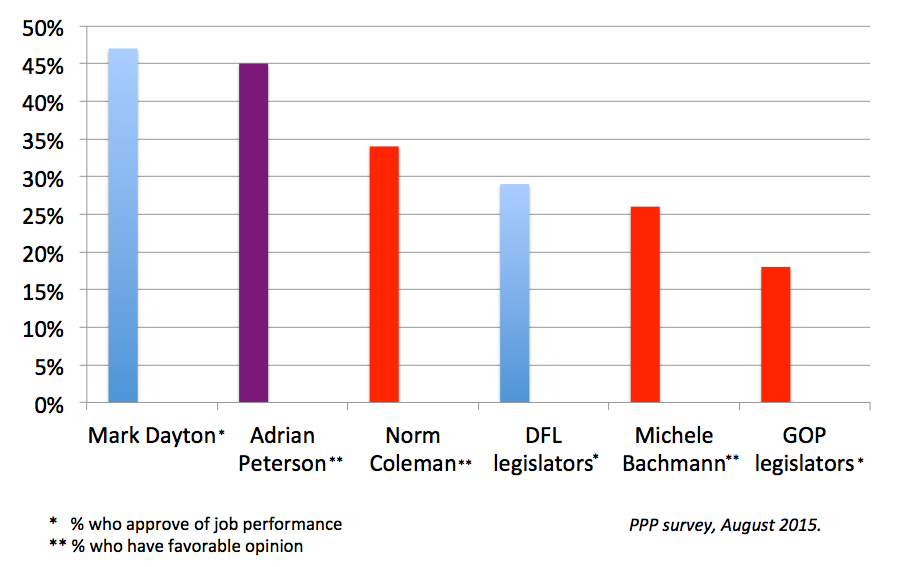
 Become a member of our dynamic Minnesota House of Representatives team! We are seeking candidates with deep professional experience, strong educational background, extensive community ties, impeccable personal ethics and morals, outstanding interpersonal skills, uncommon diplomatic acumen, stellar leadership qualities, deep policy expertise in several different areas, and a highly photogenic family. Come associate your good name with an organization that has the approval of a historically low
Become a member of our dynamic Minnesota House of Representatives team! We are seeking candidates with deep professional experience, strong educational background, extensive community ties, impeccable personal ethics and morals, outstanding interpersonal skills, uncommon diplomatic acumen, stellar leadership qualities, deep policy expertise in several different areas, and a highly photogenic family. Come associate your good name with an organization that has the approval of a historically low 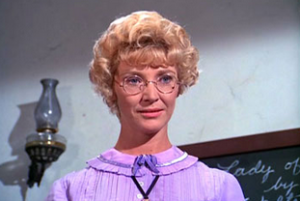 As a case study, consider how the left often treats teachers. Listening to Democrats talk about teachers, you would think that every last one of them is a cross between saintly Miss Beadle from the television series Little House on the Prairie series and life-changing John Keating from the film Dead Poet’s Society. Anyone who has spent time in the public school system understands that the reality is more complicated. Teacher quality ranges the full gamut from excellent to poor, as is the case with every profession on the planet.
As a case study, consider how the left often treats teachers. Listening to Democrats talk about teachers, you would think that every last one of them is a cross between saintly Miss Beadle from the television series Little House on the Prairie series and life-changing John Keating from the film Dead Poet’s Society. Anyone who has spent time in the public school system understands that the reality is more complicated. Teacher quality ranges the full gamut from excellent to poor, as is the case with every profession on the planet.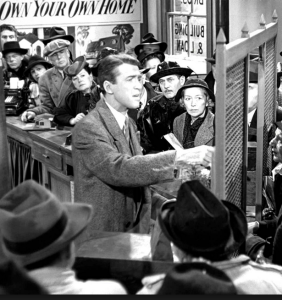 Republicans also have many Untouchables that they fail to regulate responsibly. Listening to the right talk about business people, or ”job creators” as their PR gurus
Republicans also have many Untouchables that they fail to regulate responsibly. Listening to the right talk about business people, or ”job creators” as their PR gurus 
 It’s bad enough that U.S. Bank looks to be getting more
It’s bad enough that U.S. Bank looks to be getting more